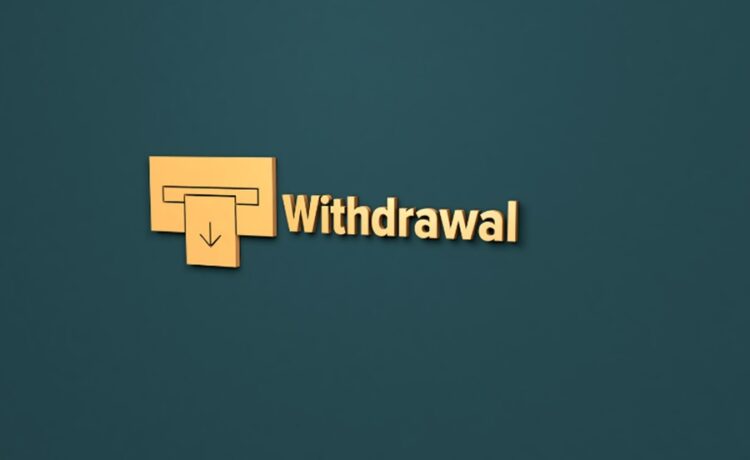Overcoming a hydrocodone addiction is often a challenging journey but one filled with strength and determination. In the midst of this process, individuals can find solace and support through hydrocodone recovery stories. As someone embarks on the path to recovery, a common concern arises: How long does hydrocodone withdrawal last? This article aims to provide an informative overview of the withdrawal process, including the timeline, symptoms, and treatment options available.
Withdrawal Timeline
One must note that the duration of withdrawal can vary from person to person, depending on factors like the length of use, dosage, frequency, and individual physiology. To understand the typical timeline, we have divided the withdrawal process into three stages: early, peak, and late.
Early Stage
The early stage of hydrocodone withdrawal typically begins within 6-12 hours after the last dose. In this phase, individuals may experience symptoms such as anxiety, sweating, muscle aches and pains, runny nose, and insomnia. As the body adjusts to the absence of hydrocodone, these symptoms may intensify. This stage usually lasts for 2-3 days.
Peak Stage
The peak withdrawal stage is considered the most intense phase and typically starts within 2-4 days after stopping hydrocodone use. Symptoms at this point can include nausea, vomiting, diarrhea, fever, chills, and increased heart rate. This can be a difficult period, but it is also a sign that the body is working to rid itself of the drug. The peak stage generally lasts 3-5 days.
Late Stage
The late stage of hydrocodone withdrawal begins around day seven and can last up to two weeks or more. During this phase, individuals may experience lingering symptoms such as fatigue, mood swings, and cravings. It is essential to stay vigilant during this time and seek support from loved ones and healthcare professionals.
Withdrawal Symptoms and Management
Withdrawal from hydrocodone can lead to several physical and emotional symptoms. Understanding the differences between two commonly prescribed opioids, hydromorphone and hydrocodone, can assist in providing a better grasp of the typical withdrawal experience.
Some common hydrocodone withdrawal symptoms include:
- Anxiety and agitation
- Muscle aches and joint pains
- Sweating and fever
- Nausea and vomiting
- Diarrhea
- Insomnia
- Chills and goosebumps
- Elevated heart rate and blood pressure
- Drug cravings
- Depressed mood
Treatment Options and Support
As you navigate through withdrawal, remember that there are resources available to support you. A crucial component in managing withdrawal symptoms includes seeking professional medical help. Doctors may prescribe medications to ease specific symptoms, such as anti-anxiety drugs, pain relievers, or medications for depression.
Apart from that, a valuable support system, including family and friends, and tuning into free recovery podcasts can provide comfort and encouragement. So, while the withdrawal process may be uncomfortable and challenging, it is a necessary step toward overcoming an addiction to hydrocodone.
Navigating Through Withdrawal
Hydrocodone withdrawal can be an arduous process, but seeking the appropriate help and utilizing support systems can significantly enhance your recovery experience. As you persevere through withdrawal, the path to a brighter, addiction-free future awaits. Remember that the duration of withdrawal may vary, but with determination and support, you can emerge victorious in your journey toward recovery. Stay strong and keep moving forward – you got this!

